This xBmt was completed by a member of The Brü Club in collaboration with Brülosophy as a part of The Brü Club xBmt Series. While members who choose to participate in this series generally take inspiration from Brülosophy, the bulk of design, writing, and editing is handled by members unless otherwise specified. Articles featured on Brulosophy.com are selected by The Brü Club leadership prior to being submitted for publication. Visit The Brü Club Facebook Group for more information on this series.
Author: Ryan Mac
“West Coast Pilsner is a refreshing, light-bodied beer style with a golden to pale straw color. It is typically brewed using American hops, which give the beer a more pronounced hop bitterness and a floral, citrusy aroma. The hop character in a West Coast Pilsner is usually more assertive than in a traditional German Pilsner. The beer has a crisp, clean taste with a subtle malt sweetness that balances out the bitterness from the hops. It has a dry finish that leaves a refreshing aftertaste. The carbonation is usually medium to high, which contributes to the beer’s overall refreshing quality. A West Coast Pilsner typically has an alcohol content between 4.5% to 6% ABV, which is slightly higher than traditional Pilsners. It is a great beer to enjoy on a warm day or as a refreshing accompaniment to a meal.”
According to the above description from ChatGPT, one would think that West Coast Pilsner is a well-established style that’s documented and outlined in the BJCP guidelines. Well, think again! Here at The Brü Club, we lean into new and exciting brewing trends, so we decided to dive deep into the novel West Coast Pilsner.
The AvgBrü series is a quarterly project where club members are given the opportunity to vote on a base style as well as various ingredient and process parameters before brewing the recipe on a collective level. In the first quarter of 2023, the club selected West Coast Pilsner as the style of choice, despite it not necessarily being a real style, at least inasmuch as it’s not recognized by the BJCP… yet. Having never brewed or consumed this “style” before, I was excited to put it to the test. In addition to selecting the style guidelines, The Brü Club also settled on two suggested lager yeast strains to choose from, both from LalBrew– Diamond and NovaLager. Rather than choosing just one, I decided to compare these dry yeasts in a split batch of my AvgBrü West Coast Pilsner!
| PURPOSE |
To evaluate the differences between a West Coast Pilsner fermented with LalBrew Diamond and one fermented with LalBrew NovaLager.
| METHODS |
I stuck to the parameters outlined by The Brü Club when coming up with a recipe for this West Coast Pilsner.
AvgBrü West Coast Pilsner
Recipe Details
| Batch Size | Boil Time | IBU | SRM | Est. OG | Est. FG | ABV |
|---|---|---|---|---|---|---|
| 4.5 gal | 60 min | 33.7 | 3.5 SRM | 1.053 | 1.009 | 5.78 % |
| Actuals | 1.053 | 1.009 | 5.78 % | |||
Fermentables
| Name | Amount | % |
|---|---|---|
| Bohemian Pilsner | 8 lbs | 94.12 |
| Carapils (Dextrine Malt) | 8 oz | 5.88 |
Hops
| Name | Amount | Time | Use | Form | Alpha % |
|---|---|---|---|---|---|
| Hallertau Mittelfruh | 28 g | 60 min | Boil | Pellet | 3.8 |
| Centennial | 14 g | 15 min | Boil | Pellet | 10 |
| Citra | 28 g | 10 min | Aroma | Pellet | 12 |
| Mosaic | 28 g | 10 min | Aroma | Pellet | 11 |
| Centennial | 14 g | 10 min | Aroma | Pellet | 10 |
| Citra | 28 g | 2 days | Dry Hop | Pellet | 12 |
Yeast
| Name | Lab | Attenuation | Temperature |
|---|---|---|---|
| Diamond Lager OR NovaLager | Lallemand (LalBrew) | 80% | 50°F - 59°F |
Notes
| Water Profile: Ca 61 | Mg 12 | Na 23| SO4 87| Cl 17 |
Download
| Download this recipe's BeerXML file |
I started off by milling the grains I picked up from Gnome Brew, the 2022 Homebrew Shop of the Year, which I’m lucky live close to here in Chicago.
As the water was heating up, I adjusted it to my desired profile.
When the water was properly heated, I incorporated the grains then let the mash rest at 149°F/65°C.
When the 60-minute mash was complete, I removed the spent grains, transferred the sweet wort to a kettle, and boiled it for 60 minutes before chilling the wort to 170°F/77°C, at which point I added the hop stand addition. After 10 minutes, I finished chilling the wort.
While the wort was chilling, I began rehydrating the yeasts.
A hydrometer measurement of the chilled wort showed it was at my target OG.
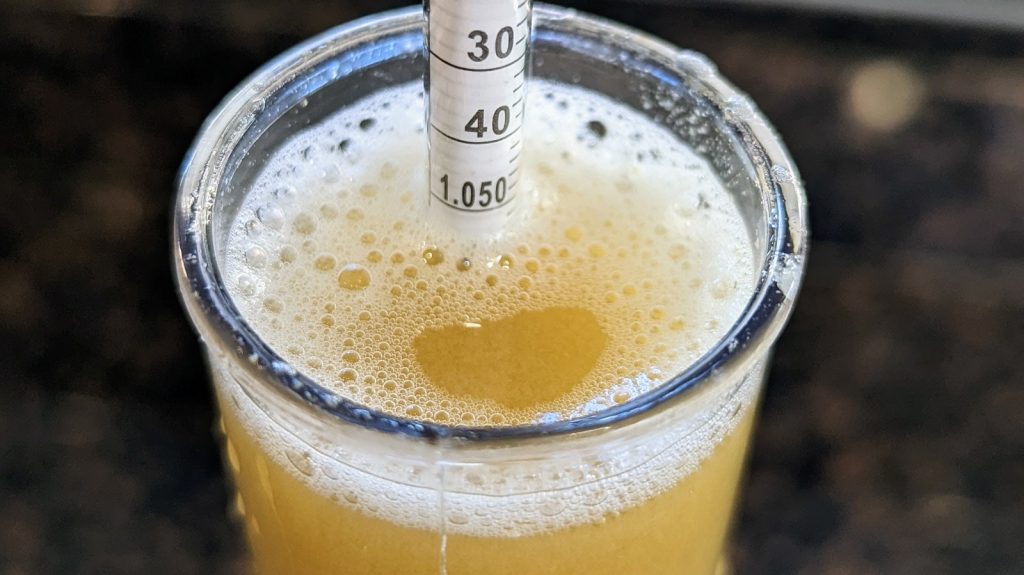
The chilled wort was split evenly between two 3-gallon PET carboys that were placed in my chamber controlled to 58°F/14°C, at which point the yeast slurries were pitched. By the following day, both beers were showing signs of activity.
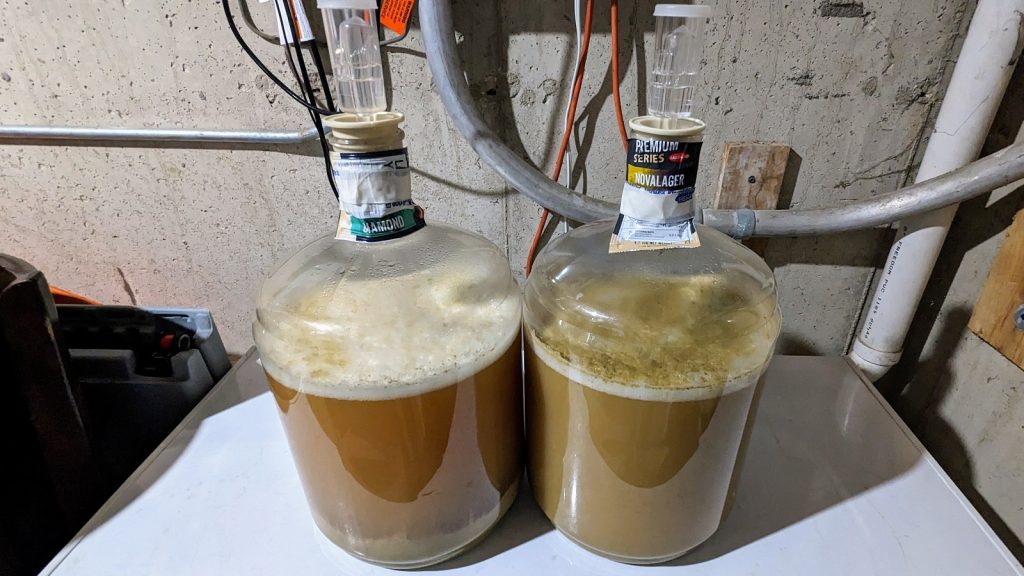
With activity absent in both beers 6 days later, I took hydrometer measurements showing they were at the same 1.009 FG, so I set the temperature of my chamber to 70°F/21°C then added the dry hops.
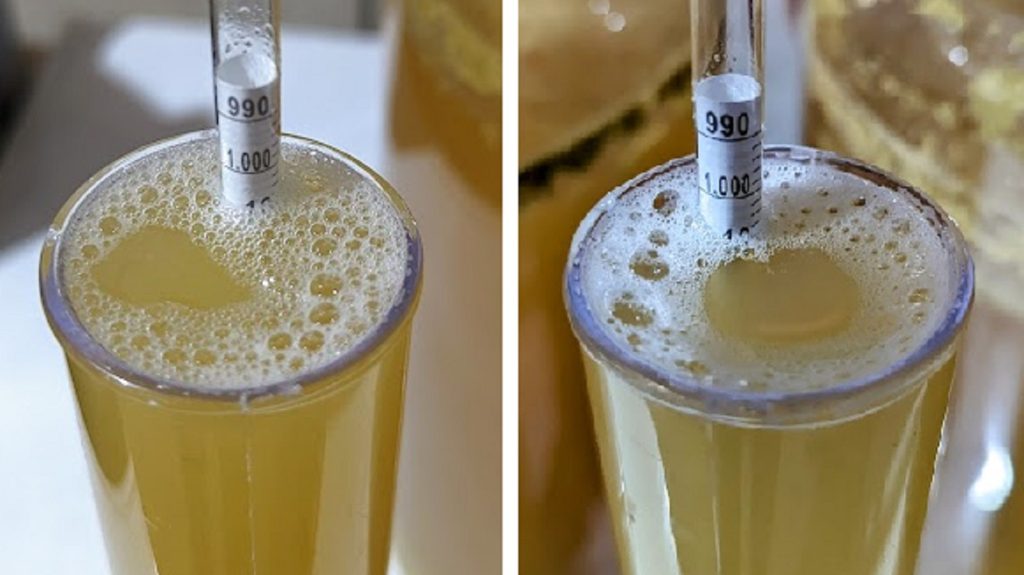
After 2 days, I cold-crashed the beers over 4 more days before transferring each to CO2 purged kegs, which were placed in my kegerator where they were left on gas to carbonate for a week before they were ready to serve.
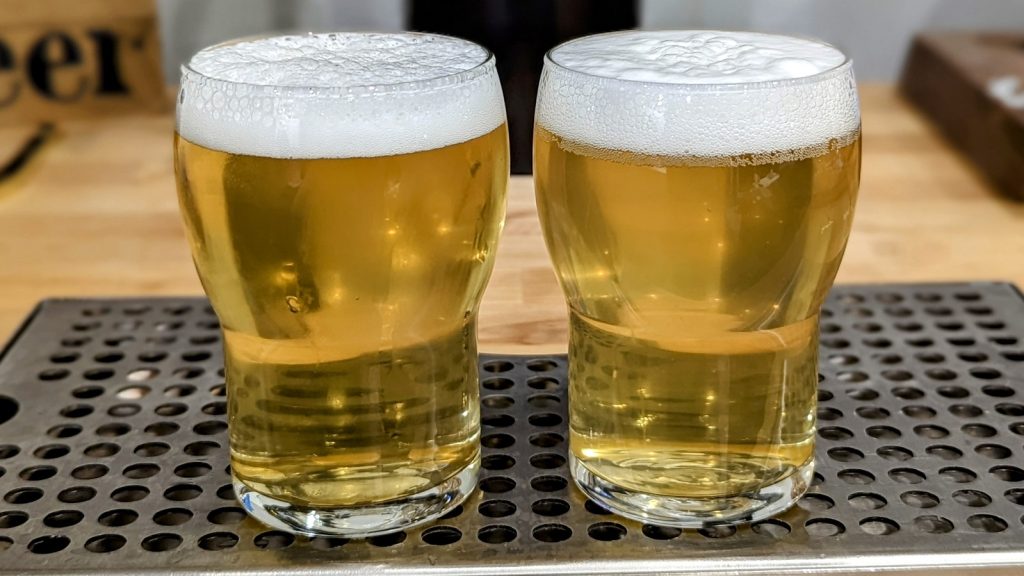
| RESULTS |
A total of 20 people of varying levels of experience participated in this xBmt. Each participant was served 2 samples of the beer fermented with Diamond and 1 sample of the beer fermented with NovaLager in different colored opaque cups then asked to identify the unique sample. While 11 tasters (p<0.05) would have had to accurately identify the unique sample in order to reach statistical significance, 13 did (p=0.004), indicating participants in this xBmt were able to reliably distinguish a West Coast Pilsner fermented with LalBrew Diamond from one fermented with LalBrew NovaLager.
The 13 participants who made the accurate selection on the triangle test were instructed to complete a brief preference survey comparing only the beers that were different. A total of 4 tasters reported preferring the beer fermented with Diamond yeast, 8 said they liked the beer fermented with NovaLager more, and 1 reported perceiving no difference.
My Impressions: Out of the 5 semi-blind triangle tests I attempted, I correctly identified the odd-beer-out all 5 times, and in every instance, I was able to do so on aroma alone. I perceived the beer fermented with Diamond yeast as having a distinct grainy aroma that was absent in the NovaLager sample. The beers were far more similar in terms of flavor, and while both were good, I felt the hops were slightly more highlighted in the batch fermented with NovaLager, which seemed more stylistically appropriate.
| DISCUSSION |
If we’re to believe generative AI like ChatGPT, then West Coast Pilsner is a style that is quickly gaining popularity, unsurprisingly, on the west coast of the United States. In making this unique new style of beer, brewers have a number of ingredient decisions to make, including which yeast to use. A couple common dry lager yeast options, both from LalBrew, are Diamond and NovaLager. The fact tasters in this xBmt were able to reliably distinguish a West Coast Pilsner fermented with either of yeast strains suggests each contributes unique characteristics to beer.
While lager styles are known for their clean fermentation character, which is a function of the yeast, there are a number of strains that purportedly impart unique characteristics. This seems the most likely explanation for these results, as Diamond and NovaLager not only have different sources, but the latter is noted to be a “true bottom-fermenting Saccharomyces pastorianus hybrid” that performs well at relatively warm temperatures.
Going into this xBmt, I really didn’t know what to expect. While this was a new style for me to both brew and drink, I did have a preconceived notion that because lager yeasts are generally expected to be cleaner, it would be very difficult to tell the beers apart. I couldn’t have been proven more wrong! Going forward, I would certainly consider using NovaLager for lager styles than lean toward hoppy, while Diamond seems to emphasize malt character. One thing is for sure– I absolutely loved the West Coast Pilsner I fermented with NovaLager, to the point it’s going to be a staple on draft at both my home and office here in Chicago!
 Ryan Mac hails from Chicago, IL where he lives with his wife and dog. As a dedicated homebrewer of more than 7 years, Ryan has produced over 140 batches and counting, all in apartment/condo settings where space is at a premium. In addition to engaging with the local Chicago brewing community, Ryan is an active member of The Brü Club. While brewing is a primary obsession, Ryan is also a lover of hockey, tennis, and wine.
Ryan Mac hails from Chicago, IL where he lives with his wife and dog. As a dedicated homebrewer of more than 7 years, Ryan has produced over 140 batches and counting, all in apartment/condo settings where space is at a premium. In addition to engaging with the local Chicago brewing community, Ryan is an active member of The Brü Club. While brewing is a primary obsession, Ryan is also a lover of hockey, tennis, and wine.
If you have any thoughts about this xBmt, please do not hesitate to share in the comments section below!
Support Brülosophy In Style!
All designs are available in various colors and sizes on Amazon!
Follow Brülosophy on:
FACEBOOK | TWITTER | INSTAGRAM
If you enjoy this stuff and feel compelled to support Brulosophy.com, please check out the Support page for details on how you can very easily do so. Thanks!



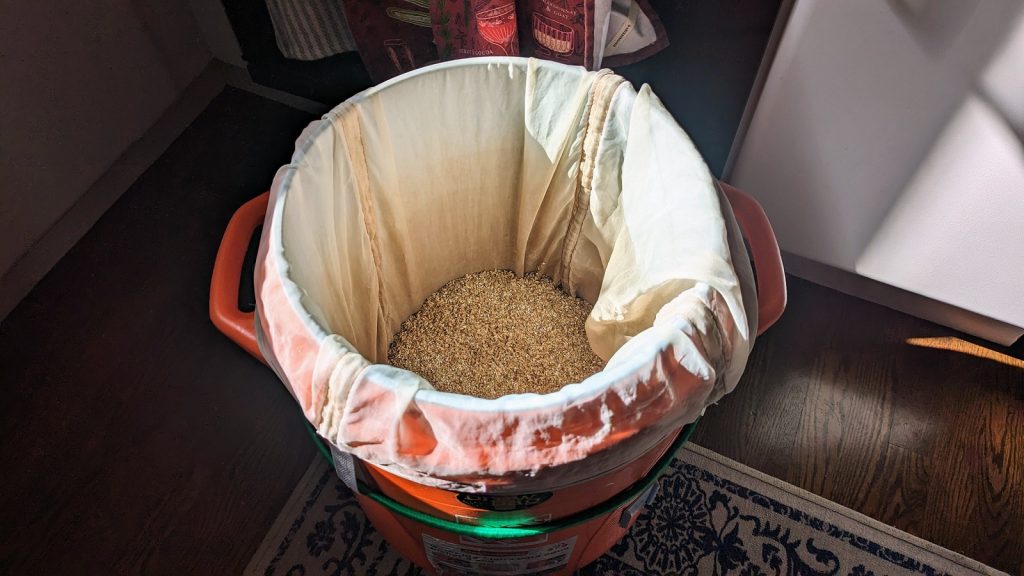
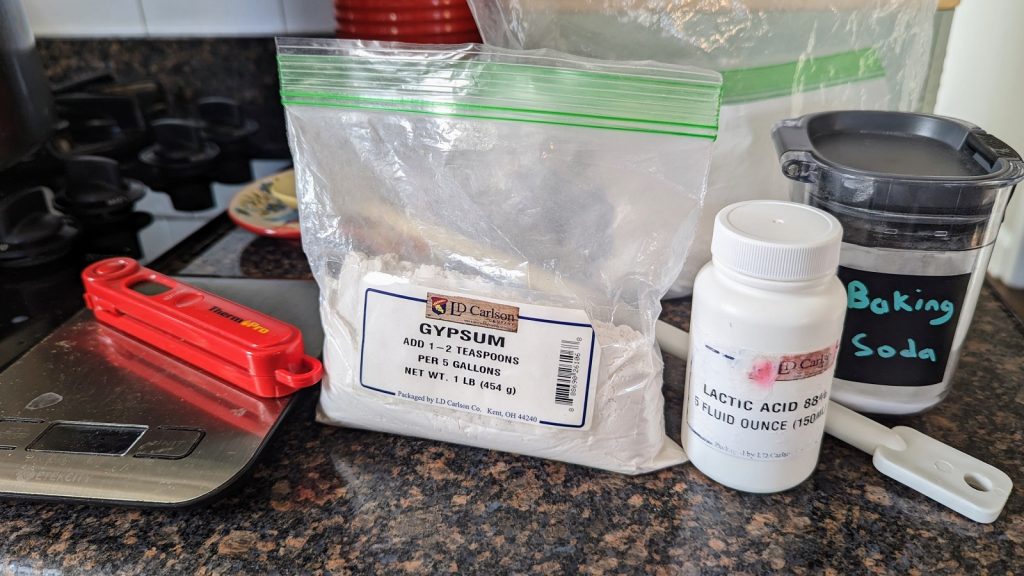
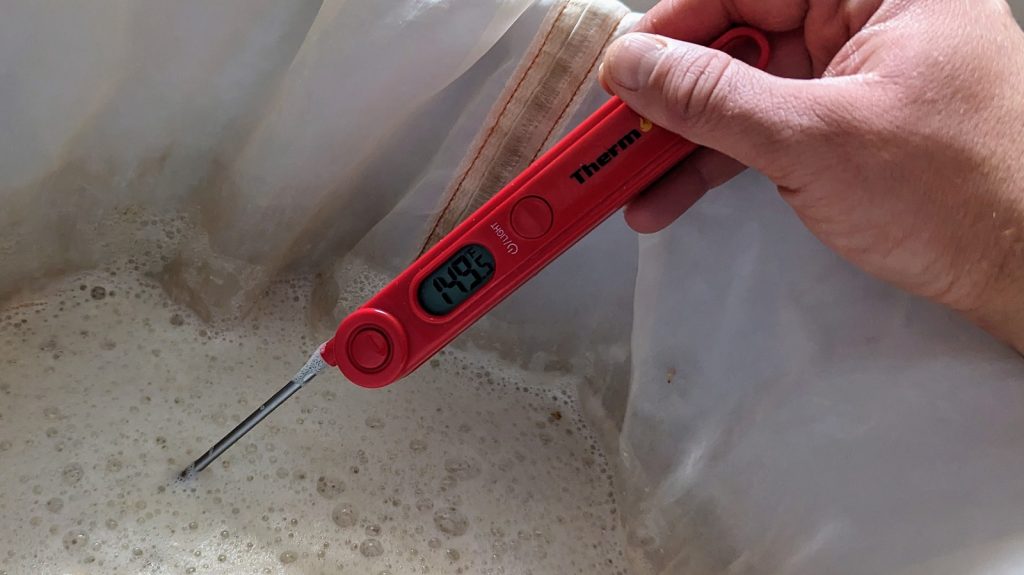
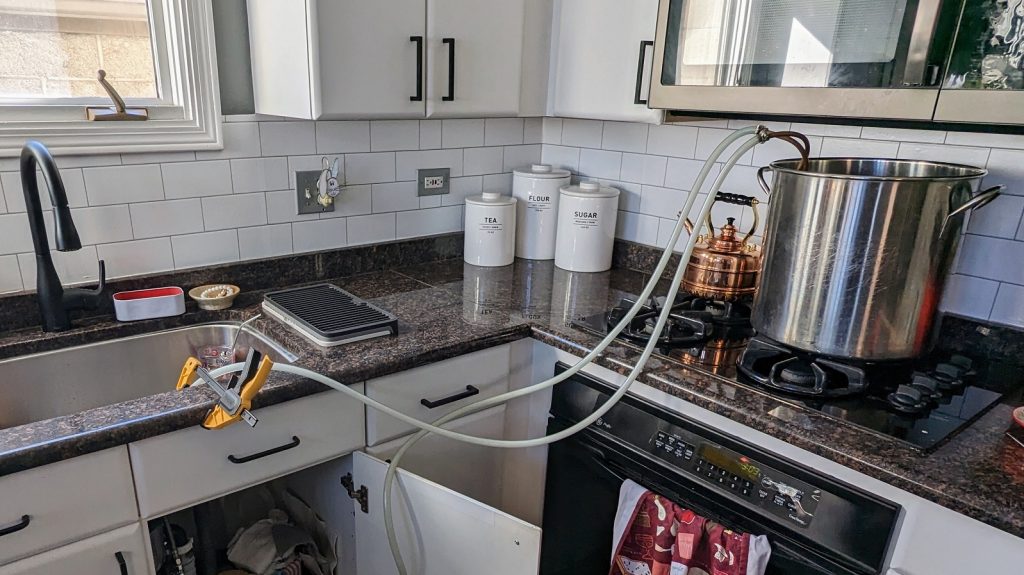
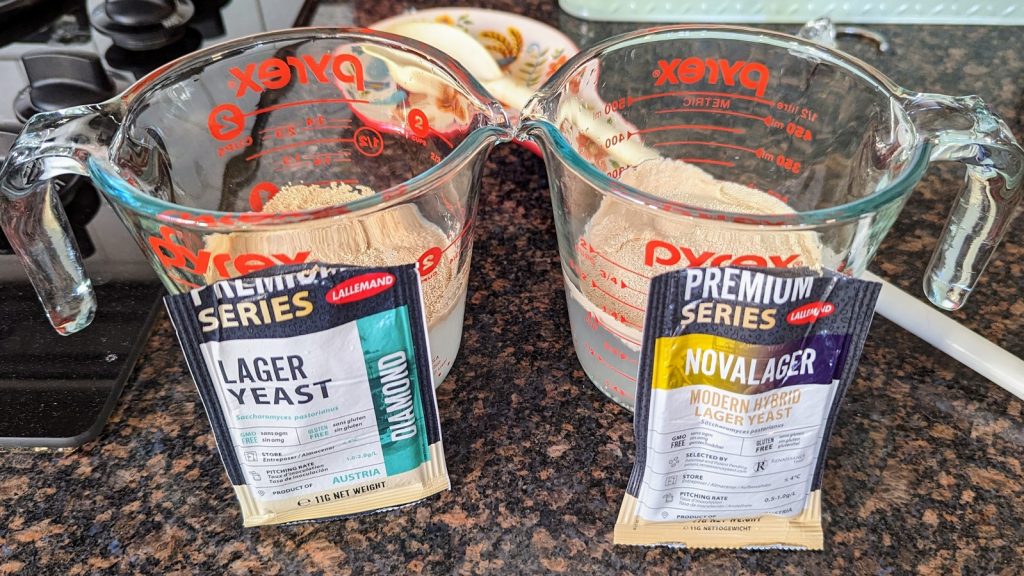












2 thoughts on “The Brü Club xBmt Series | Yeast Comparison: LalBrew Diamond vs. LalBrew NovaLager In A West Coast Pilsner”
I also did a split batch with the same two yeasts and came to the same conclusions. I like both yeasts, but if I want a rounder German style flavor, I’ll stick with Diamond. And if I want something to generally a crisp lager, like a Mexican Pilsner, I’ll guess that Novalager will be the better choice.
Same here – did nova vs 34/70 and Nova had a slightly less grainy output. Both were delicious, but Nova seemed to produce a beer that got out of the way of the hops.